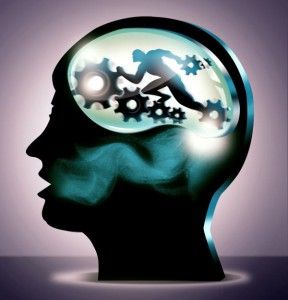What’s Between Your Ears?
There is a pretty catchy question out there that asks what’s in your wallet, but today the question is what’s between your ears? Your brain. That uniquely made organ that controls everything. Today, we focus on your thoughts, we focus on your emotions, and we focus on your actions. As you read further into this, take some time to look at how you are motivated.
In an article by Chleo Doble: Explaining Motivational Behavior Patterns, the author looks at
Instinct Theory which suggests that you are born with your own set of behavior patterns, and that these patterns are not learned. This suggests that individuals behave in ways which will be necessary to their survival. However, the ability to speak words and construct sentences is learned. The instinct theory cannot be the sole explanation for the motivational behavior of humans.
Another method to explain motivational behaviors is the Drive-Reduction Approach. The drive may be related to biological needs such as thirst, hunger, and sleep. These examples are primary drives. Some secondary drives are winning the competition or succeeding in your part of the competition. They are learned behavior patterns. In order to satisfy a primary drive, you would reduce it, for example, reducing thirst by drinking water, reducing hunger by eating food. These primary drives are often working together in homeostasis, which is the maintenance of a constant internal environment. During changes from this constant internal environment, homeostasis works inside the body in order to return the body to its normal working state.
Incentive approaches suggest that motivational behavior surfaces from the desire to achieve external goals and awards. This is known as external motivation with incentives such as money, or a number 1 ranking within competition. Incentive and drive theories are believed to work together with a push-pull nature, creating a balance in motivational behavior.
Through a combination of the approaches to motivational behavior, it is possible to begin to understand the emerging patterns of complex human needs and behavior. Motivational behavior draws on parts of all of the theories explained in this article. So, as you have learned about different types of motivation, what are you thinking about before you workout, practice, or perform in your sport? What are the thoughts that limit you and empower you to keep going regardless of what is happening around you? Are you intrinsically (internal) or extrinsically (external) motivated to do things in your life? When you take in account all these questions you will see what really motivates you to move forward and dominate in your endeavors.
Reference: Chleo Doble: Explaining Motivational Behavior Patterns

